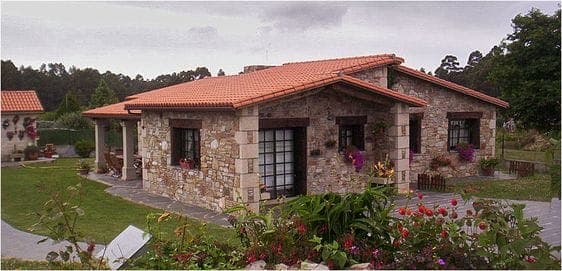
Stone masonry is one of the earliest and oldest trade in civilization’s history. During the time of the Neolithic Revolution, people learned how to use fire to create quicklime, plasters, and mortars. They used those materials to make their homes for themselves with mud and stone, this was the way, masonry was born.
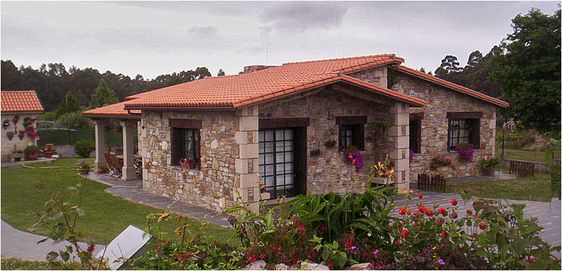
Stone masonry is a historic form of construction that has been practised for centuries in areas where the stone is locally available. Stone masonry has been used for the construction of some of the most valuable monuments and structures around the world. Structures of this type range from cultural and historical landmarks, often built by highly skilled stonemasons, to simple dwellings built by their owners in developing countries where the stone is an affordable and cost-effective building material for construction.
Why Stone Masonry is Used?
Stone masonry is more durable, strong, fire resistant and long lasting than other types of masonry. Using stone masonry in new construction don’t just build property, but build property of value, that will last for lifetimes. Stone masonry is versatile in its aesthetic appeal and can work very well with other construction materials. It can be imposing and impressive, but it can also be warm, welcoming and homely.
Where Stone Masonry is Found?
Stone masonry buildings can be found in many earthquake-prone regions and countries including, North Africa, Mediterranean Europe, the Middle East, and Southeast Asia. Stone masonry can also be found in countries like Algeria, Greece, India, Iran, Italy, Nepal, Pakistan, Palestinian Territories, Slovenia, and Switzerland. Rubble-stone masonry structures are abundantly found in the Asian countries along the Himalayan range. Such structures are generally constructed in dry-stone masonry or are constructed in mud mortar, which makes them susceptible to damage and collapse in an earthquake.
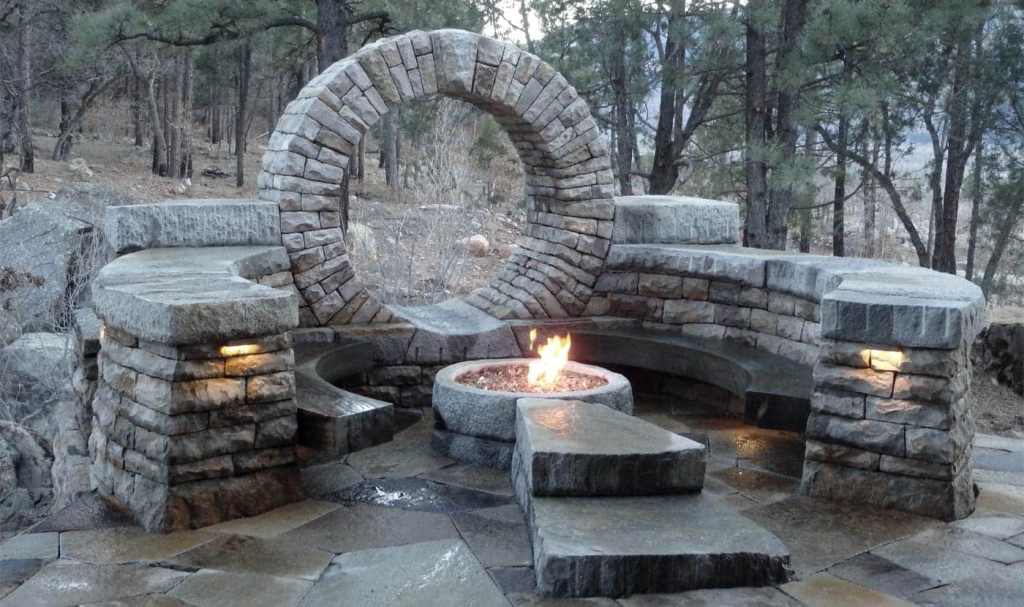
What is Stone Masonry?
Stone masonry is the art of shaping rough pieces of rock or stone into uniform shapes, at times simple, but some of the considerable complexity, and then arranging the resulting stones together with mortar, to form structures.
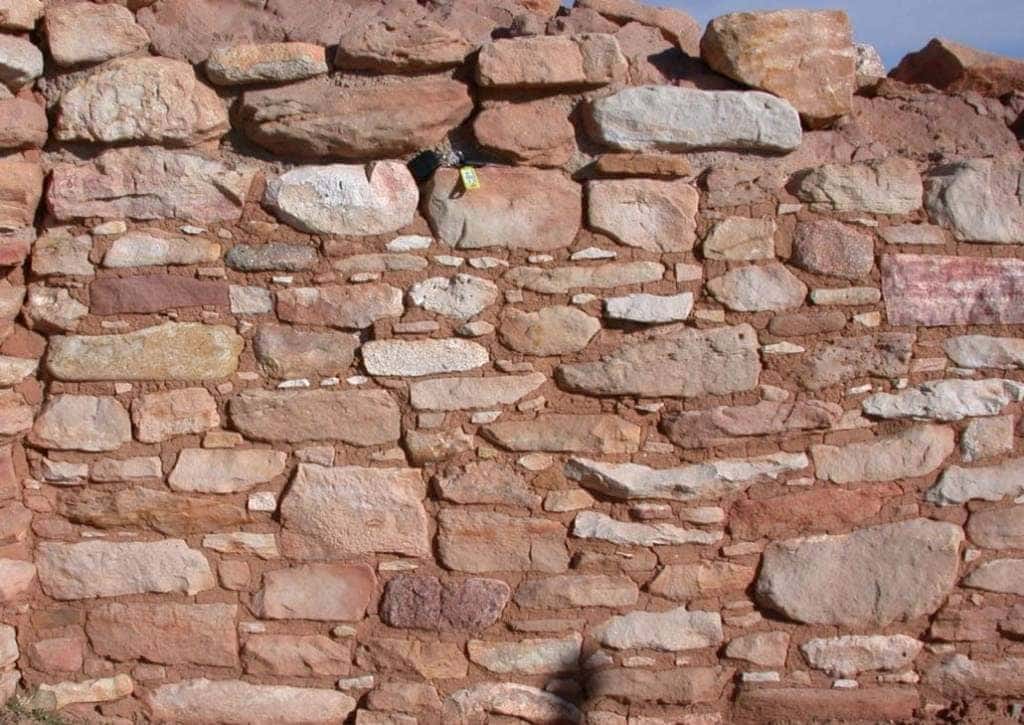
Mortar for Stone Masonry
First mortar used in stone masonry was mud mortar. But now usually, 1:3 cement’s and mortar is used for stone masonry work. For increasing the workability of mortar 15% of cement should be replaced by lime. In order to protect limestones mortar from getting them stained white portland cement mortar should be used. Generally, 1:1:6 (non-staining cement, hydrated lime and six parts clean sand) should be used for stones liable to be stained by cement mortar alone. Non-staining special waterproof cement are also available these days. Rich mortar is used for pointing of stone masonry.
Also Read:
Ready Mix Mortar for Brickwork, Plaster and Repair Maintenance!
Adhesive or Mortar: What is Cost Effective to joint the AAC Block?

Uses of Stone Masonry
Stone Masonry is widely used in various construction elements of building. They are,
- Walls, pillars, piers, building foundations and architectural works.
- Beams, beams arches, lintels, domes etc.
- Floors, Roofs and Roof coverings.
- Cladding Works
- Light-houses, dams, monumental structures.
- Paving jobs
- Railway ballast, blackboards and electrical switchboards

Also Read:
Benefits of Masonry in House Construction
All About Brick Masonry Construction and Its Precautions
Stone Used in Masonry
- Granite
- Gneiss
- Compact Sand Stone
- Basalt
- Limestone
- Marble, Marble Slabs
- Slate
- Compact Sand Stone
- Laterite
- Closer Grained Sand Stone
Also Read:
Know the Properties of Granite Stone
Basic Things You Should Know about Granite Stone
Selection of Stone Depends on:
- Availability of stone
- Durability of stone
- Ease of working
- Appearance
- Economy
- Strength and Stability
- Polishing characteristics
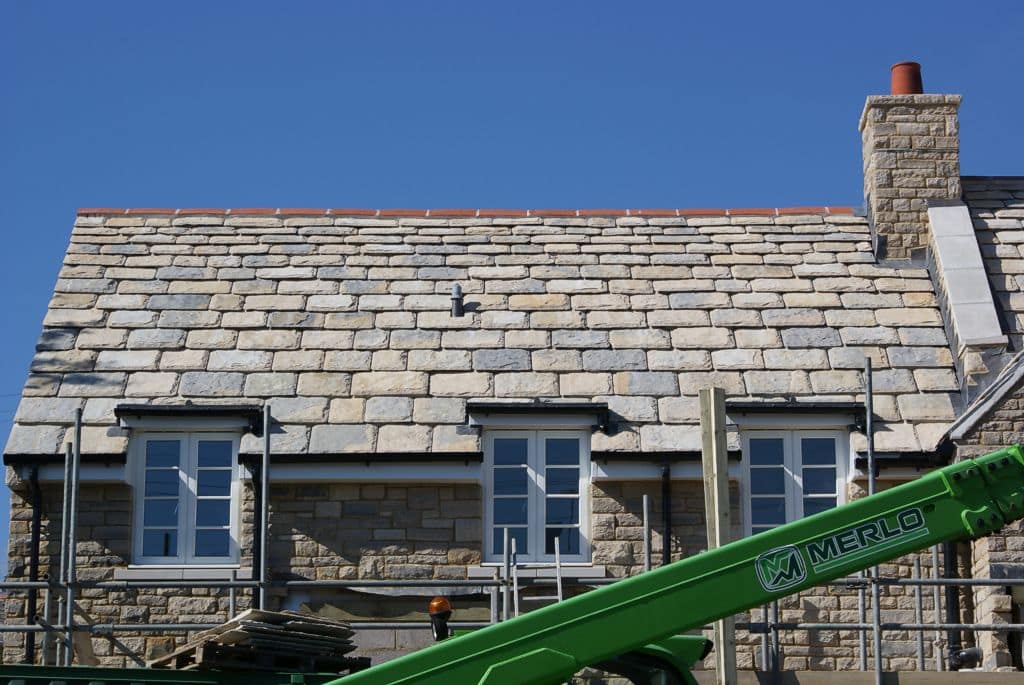
Terms Used in Stone Masonry
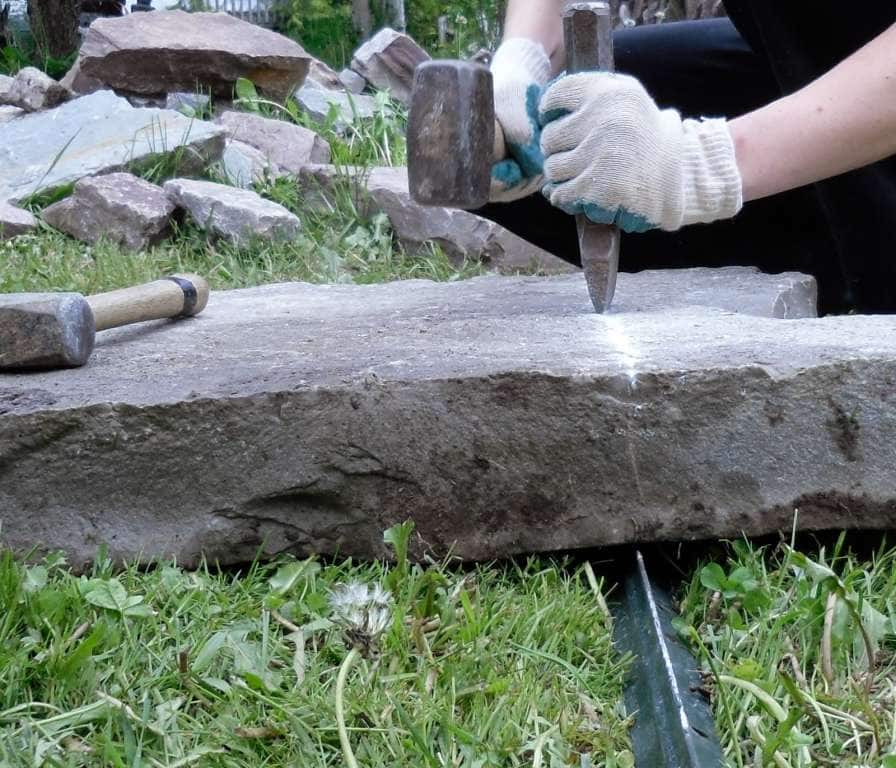
A Dressing of Stones: It is a process in which stone surfaces especially the facing is prepared to form a fit to be used for any construction work. Dressing is done either manually with the help of hand hammers, chisels and axes or by using machines.
Course: It is a horizontal layer of stones.
Spalls: These are the chips of stones used for filling the gap in stone masonry.
Bed: This is the surface of the stone perpendicular to the line of pressure. It indicates the lower surface of the stones in each course.
Face: The exterior of a wall exposed to the weather is known as a face. The material used in a face of the wall is known as facing.
Side: It is the surface forming the boundary of stones in a direction transverse to the face and bed.
Joints: It is the junction of two or more stones. If the joint is parallel to the bed of the stones in a course then it is termed as bed joint. The joints which are perpendicular to the bed joints are termed as vertical joints or simply joints.
Chisel: They are tools used to dress the stones. They are of different shape.
Bevel: This is employed to set out angles. It is comprised of two slotted blades of steel and fixed with each other with the thumb screw.

Types of Stone Masonry
Basically, There are Two Types of Masonry:
01. Rubble Masonry:
When roughly dressed stones or irregularly shaped stones are laid in a mortar the result is a stone rubble masonry. Subtypes of rubble masonry are,
(a) Random Rubble Masonry:
- Coursed Random Rubble Masonry
- Uncoursed Random Rubble Masonry
- Square Rubble Masonry
(b) Coursed Square Rubble Masonry
(c) Uncoursed Square Rubble Masonry:
- Polygonal Rubble Masonry
- Flint Rubble Masonry
- Dry Rubble Masonry
02. Ashlar Masonry
Stone masonry using dressed or regular shaped (cut) stones is known as ashlar masonry. Subtypes of ashlar masonry are,
- Ashlar Fine Masonry
- Ashlar Rough Tooled Masonry
- Rock (quarry) faced Masonry
- Ashlar Chamfered Masonry
- Ashlar Block in Course Masonry
Stone masonry unit is highly durable, strong and versatile. They are available in many shapes, sizes, colours and textures. Stone can be used to form various pattern in construction. Stone masonry gives a more aesthetic and pleasant look. Thus, stone masonry has been used for a thousand years.
Must Read:
Properties of Marble Stone: All you Need to Know
Pros and Cons of Masonry
Image Courtesy: Image 1, Image 2 – durangodrystone, Image 3, Image 4, Image 5, Image 6, Image 7, Image 8 – braensupply






























